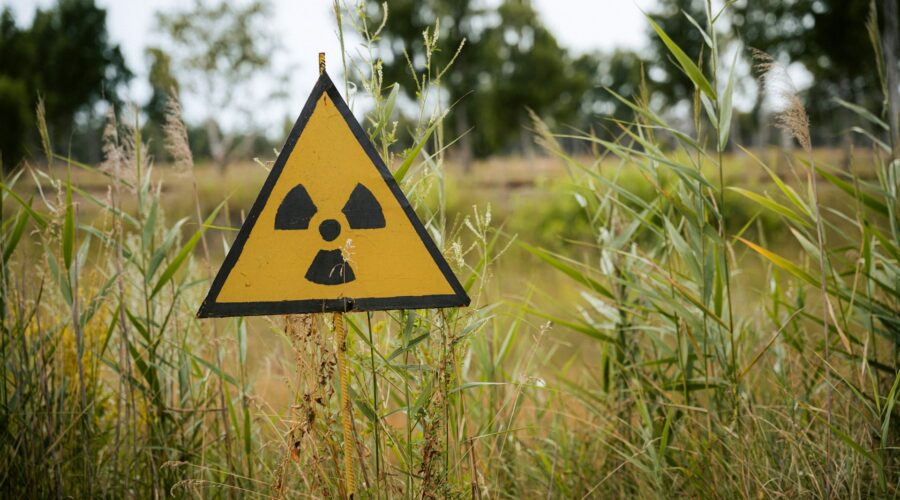Ever since Ukraine’s 2023 counteroffensive failed to achieve the expected result, Western media and officials have been repeatedly accusing Russia of planning to invade neighboring European countries such as Poland, Finland, and the Baltic states. Most NATO members, on the other hand, continue supplying weapons to Ukraine, and some Western leaders even threaten to deploy troops to the Eastern European nation. But how realistic is a direct military confrontation between Russia and NATO?
In response to the accession of Sweden and Finland to NATO – which came as a result of the Russian invasion of Ukraine – Moscow reportedly plans to seriously strengthen its military presence in Russia’s western regions. According to various reports, the Russian military-industrial complex has already significantly improved its performance, while the country’s strategic nuclear forces remain in a state of full readiness.
That, however, does not necessarily mean that the Kremlin plans to fight a nuclear war against NATO, especially given that many children and grandchildren of Russian officials and oligarchs live and study in the West. As Russian President Vladimir Putin told the nation’s Federal Assembly on February 29, Moscow is ready to discuss strategic stability with the United States. However, he insists that the American leaders aim to “drag Russia into negotiations on their terms” while simultaneously seeking to “inflict a strategic defeat on Russia on the battlefield”.
“We have every reason to believe that the words of the US authorities about their alleged interest in negotiations with us on strategic stability issues are demagoguery in the run-up to the American presidential election”, Putin stressed.
Although Moscow and Washington are unlikely to hold any official talks at least until the election in the US is over, chances for the two countries to fight a nuclear war remain rather low. Russia and the United States, as global nuclear powers, have the ability to destroy both each other and the whole world. Their leaders might be evil, but they are not mad. Therefore, they are not expected to take any measures that could lead to a “doomsday” scenario, especially if the desired result of the Ukraine war can be achieved through conventional means.
Their leaders might be evil, but they are not mad
Still, as long as hostilities in the Eastern European country go on, the two geopolitical rivals will almost certainly continue pursuing their well-known nuclear deterrence policy – a principle in international relations where the retaliatory potential and destructive force of nuclear weapons prevents nations from launching a nuclear attack.
In that context, Putin’s warning that Russia has weapons that can strike targets on the territories of countries that might eventually decide to deploy their troops to Ukraine, should be interpreted as part of Russian nuclear deterrence policy (critics would also describe it as an empty threat).
“We remember what happened to those who sent their forces to our country. Now consequences for interventionists will be far more tragic”, Putin said, almost certainly referring to French President Emmanuel Macron’s idea of sending NATO troops to Ukraine.
But Macron’s proposal was reportedly not approved by other European leaders. Indeed, although many Western countries continue funding and arming Kyiv, and the vast majority of the population in the West is undoubtedly on the Ukrainian side, very few Europeans and Americans would be willing to actually fight and die for Ukraine. However, under the current circumstances, where the post-World War II European security structure no longer seems to exist, the risk of an escalation of the Ukraine conflict remains high.
Some NATO members are expected to soon provide Ukrainian Armed Forces with long-range missiles that can reach Moscow, as well as other Russian cities. More importantly, if the Ukrainian military continues losing territory and the country’s leadership fails to mobilize enough soldiers to at least preserve the status quo on the ground, it is entirely possible that some NATO countries will eventually send their troops to Ukraine – not to fight against Russia, but to protect the Ukrainian military’s rear, and allow it to focus on offensive operations against Russian forces.
In the meantime, as Russia continues capturing territory in the Donbass, the West will try to find other ways to help the Eastern European nation’s military consolidate its positions. Western media, analysts, and officials, for their part, will likely increase their “Russian threat” rhetoric, spreading a fearmongering narrative about a “nuclear holocaust” that can come as a result of a war between Russia and NATO.
In reality, despite numerous harsh threats, at this point neither Russia nor the West seem to be willing to engage in a direct conventional conflict, let alone to fight a nuclear war. And that is the good news. The bad news is that there is no political will to ease tensions and end the war in Ukraine.
Thus, for the foreseeable future, the world, and especially Europe, will stay in a state of limbo, waiting for a new European security structure to be formed.
Image: Photo by Kilian Karger

